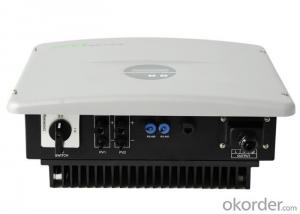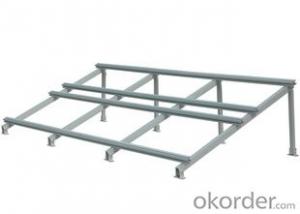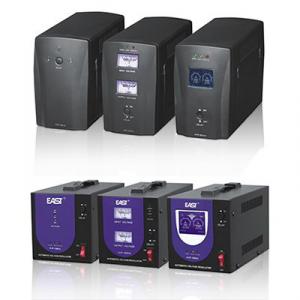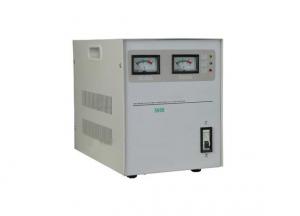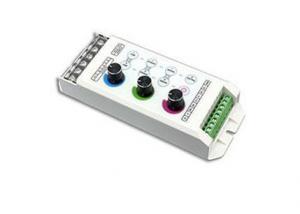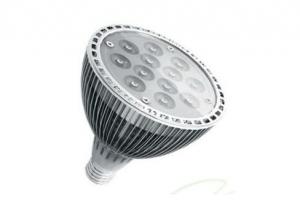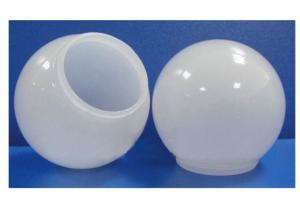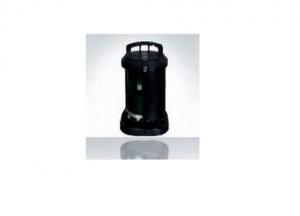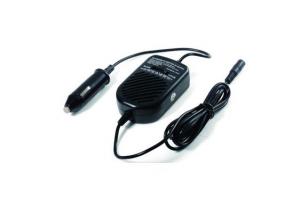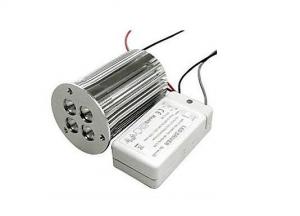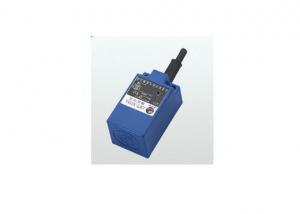Anern Solar Inverter
Anern Solar Inverter Related Searches
Anern Solar Inverter Price Anchor Solar Inverter Solar Ark Inverter Senergy Solar Inverter Solar Solar Inverter Advanced Energy Solar Inverter Suntech Solar Inverter Sun Solar Inverter Aeg Solar Inverter Sunrun Solar Inverter Arduino Solar Inverter Aeg Inverter Solar Smarten Solar Inverter Larens Solar Pump Inverter Epever Solar Inverter Synergy Solar Inverter Sunshine Solar Inverter Amaron Solar Inverter Inverter Solar Aps Solar Inverter Gan Solar Inverter Inverex Solar Inverter Enertech Solar Hybrid Inverter Microtek Solar Inverter Power Solar Inverter Abb Solar Inverter Srne Solar Inverter Inverter Solar Cell Solar Converter Inverter Solar Smart InverterAnern Solar Inverter Supplier & Manufacturer from China
Anern Solar Inverter is a range of high-quality solar power conversion devices designed to optimize the performance of solar energy systems. These inverters are engineered to convert the direct current (DC) generated by solar panels into alternating current (AC), which can then be used to power homes, businesses, and other electrical appliances. The Anern Solar Inverter is known for its efficiency, reliability, and robust design, making it a popular choice among solar energy enthusiasts and professionals.The Anern Solar Inverter is widely used in various applications, including residential, commercial, and industrial settings. It is particularly useful in off-grid and grid-tied solar power systems, where it helps to manage the flow of electricity from solar panels to the grid or to the end-user. In off-grid systems, the inverter ensures that the stored energy in batteries is converted into usable AC power, while in grid-tied systems, it facilitates the exchange of excess solar energy with the utility grid. This product is also suitable for use in hybrid systems that combine solar power with other renewable energy sources, such as wind or hydroelectric power.
Okorder.com is a leading wholesale supplier of Anern Solar Inverter, offering a vast inventory of these products to cater to the needs of customers worldwide. The company prides itself on providing top-notch customer service, competitive pricing, and fast shipping options. By partnering with Okorder.com, customers can be assured of accessing a wide selection of Anern Solar Inverter models, ensuring that they find the perfect fit for their specific solar energy requirements.
Hot Products














